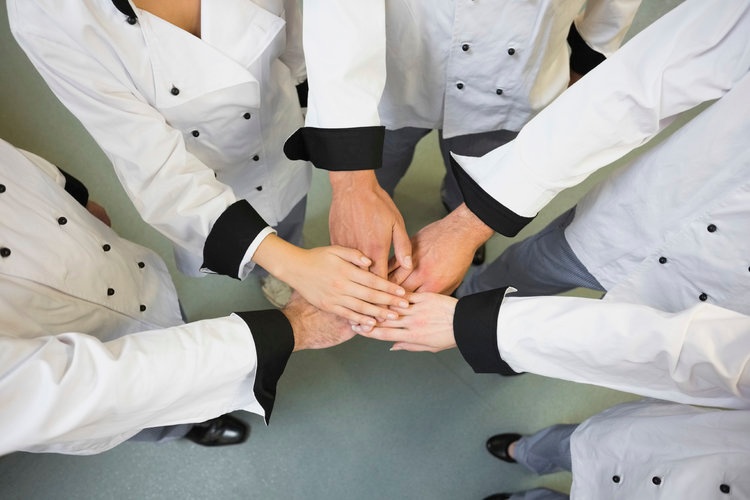Will Millennials Even Use a Restaurant Training Manual?
Millennials—generally regarded as anyone born between 1980 and 2000—now comprise the largest segment of the American workforce. Their work habits are open to much debate. Some older workers may see them as lazy, uninspired, and less concerned about overall company success than their own. Yet, statistics don’t lend much credence to these attitudes. For example, one survey discovered that 48 percent of workers ages 25-34 want to write out a plan before proceeding, compared with only 35 percent of employees age 55 and older.
Though the many differences between millennials and other generations are tangible, the desire to be a success personally and for their employers isn’t so different. In the hospitality industry, how does the concept of a restaurant training manual fit into this equation? On one hand, this is a plan that millennials can use to learn the skills they need to be successful. On the other hand, that three-ring binder of written instructions can seem awfully antiquated for a worker who might not remember a time when a basic cell phone was considered cutting-edge technology. The question must then be asked: Will millennials even use a restaurant training manual?
The Monstrous Manual
A restaurant training manual, hundreds of pages in length and lacking illustrations and diagrams, can be intimidating for any employee, no matter his or her age. Though older workers might accept such a tome as a fact of their employment, millennials may shun the medium and simply not bother to read it. Whether an employee struggles to follow along with a restaurant training manual or doesn’t open it in the first place, the bottom line is less initial productivity and more time required to get essential jobs done.
No Interaction
Another problem with a standard restaurant training manual is that it’s a one-way conversation—you read the words on all the pages and are expected to become an instant expert. If an employee doesn’t quite understand something, often, that’s tough; he or she might ask coworkers for answers and get a “Didn’t you read the manual?” response. That’s an incredibly negative impression to impart onto new hires, who may subsequently start thinking about their next job. Moreover, written words simply don’t deliver the learning impact as other media. A training video shows employees what to do. A written restaurant training manual just bosses them around.
A Digital Alternative
Mobile training software is emerging as an impressive alternative to the restaurant training manuals that millennials tend to shun. Content that can be accessed on tablets is less intimidating and more portable than the same instructions residing in a thick binder. For millennials, this feels more like a collaborative effort between the employee and the training rather than workers being ordered to learn under intimidating circumstances. Furthermore, the best solutions allow for easy updating, thus ensuring that the training employees are receiving is as current as possible (which isn’t always possible or convenient with printed materials).
A Multimedia Experience
Restaurant training manuals that reside solely in printed form teach things only one way, which might not be the best way for all employees. Mobile training software allows a multimedia experience that maximizes learning. Written content can be combined with audio and video files so that millennials can read, watch, and listen as they learn. For example, an employee can read on a tablet about the correct way to organize food prep for the lunch hour, then watch a video that shows the precise steps he must take along the way. Besides teaching from all angles, the multimedia approach helps employees learn in the way that is best for them.
How do your millennial employees react to a restaurant training manual?





